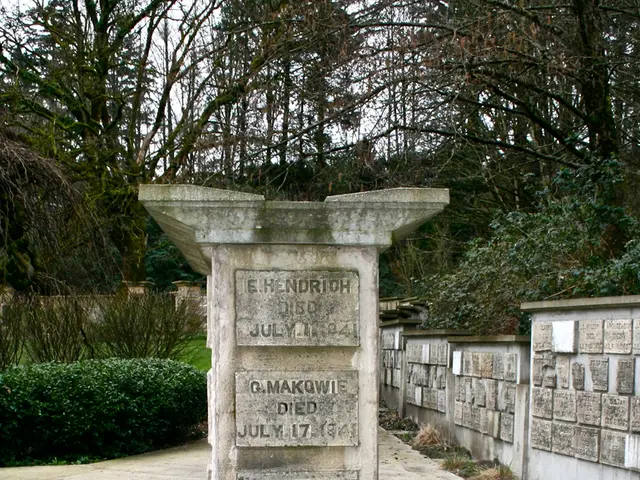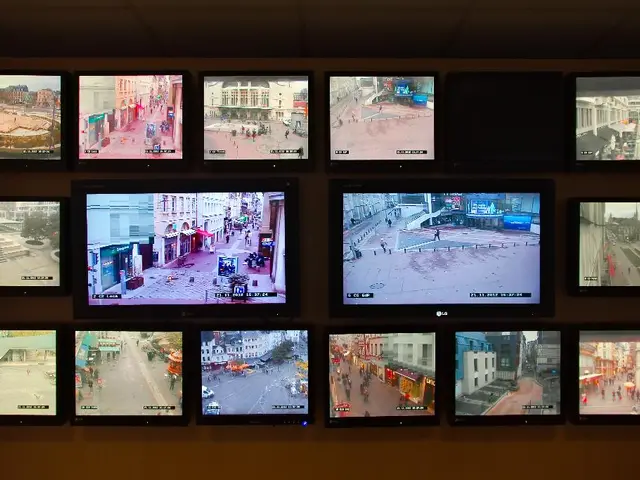Must-watch Italian Cult Movies for Lifetime Experience:
In the world of cinema, Italy has carved out an essential place for itself, known for its bold, innovative aesthetic and influential genres like neo-realism, spaghetti western, and giallo. This article takes a closer look at some of the most significant Italian films that have left an indelible mark on the seventh art.
One of the earliest and most influential Italian films is Roma, Open City (1945), directed by Roberto Rossellini. Set during the Nazi occupation of Rome, this film showcases the struggle and courage of Italians in the resistance against the enemy. Roma, Open City is a pioneer of neo-realism, providing a raw and unfiltered portrayal of life in wartime Italy.
Fast forward to 1948, and we find Ladri di biciclette (The Bicycle Thief), directed by Vittorio De Sica. This film tells the story of Antonio, a man living in impoverished post-war Italy who becomes dependent on his bicycle for work. After it gets stolen, Antonio and his son travel around Rome to find it, facing challenges of poverty and despair.
Moving on to the 1960s, we encounter two films that offer starkly different perspectives on life in Rome. La dolce vita (1960), directed by Federico Fellini, follows Marcello Rubini, a journalist in search of fame who wanders Rome's social circles and becomes entangled in superficiality and an existential crisis. The film's striking aesthetic, including the famous scene where Anita Ekberg enters the Trevi Fountain, serves as a reflection on the search for meaning.
In contrast, Rocco and his brothers (1960), directed by Luchino Visconti, is a tragic family saga that explores 1960s Italy and its social dynamics with brio. The film centres around a poor family from the region of Puglia who move to Milan in search of a better life, with tensions and rivalries leading to inevitable drama.
Fast forward to the modern era, and we find La grande bellezza (2013), directed by Paolo Sorrentino. This contemporary version of La dolce vita features ultra-polished aesthetics and a sharp critique of modern society. The film follows Jep Gambardella, an ageing writer who loses himself in extravagant parties and Roman high society, contemplating the emptiness of his life and the meaning of existence.
Lastly, we must mention La vita è bella (1997), directed by Roberto Benigni. This film is both funny and poignant, dealing with a difficult subject with sensitivity and creativity. The film tells the story of a Jewish father who uses humor and imagination to protect his son from the horror of a concentration camp by turning their stay there into a 'game'.
In conclusion, Italian cinema holds a special place in the world of film, with its bold aesthetic and influential genres. From the pioneering neo-realism of Roma, Open City to the contemporary critique of modern society in La grande bellezza, Italian cinema offers a rich tapestry of stories that continue to captivate audiences around the world.








